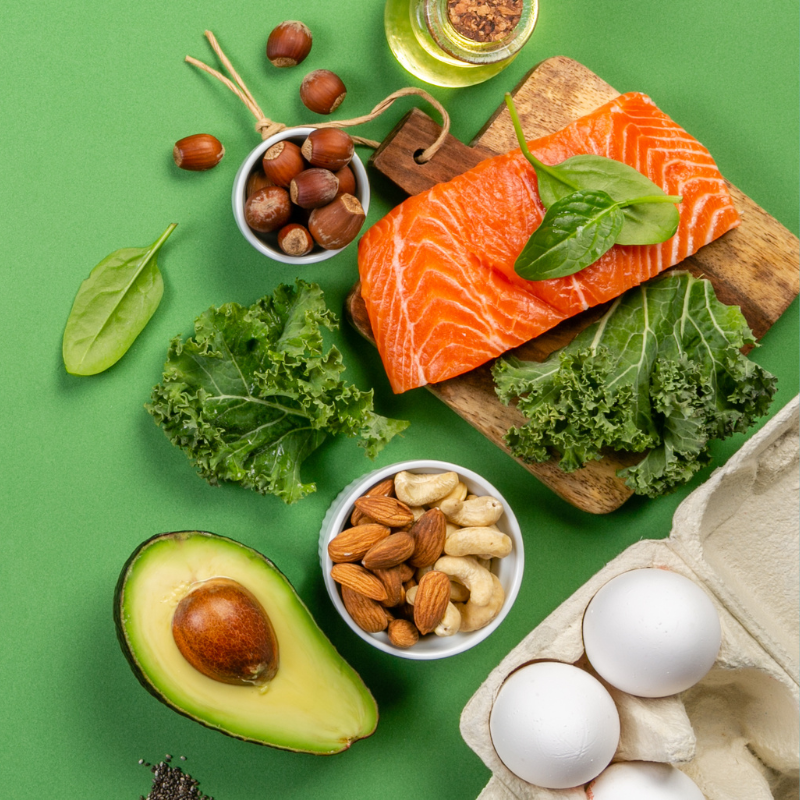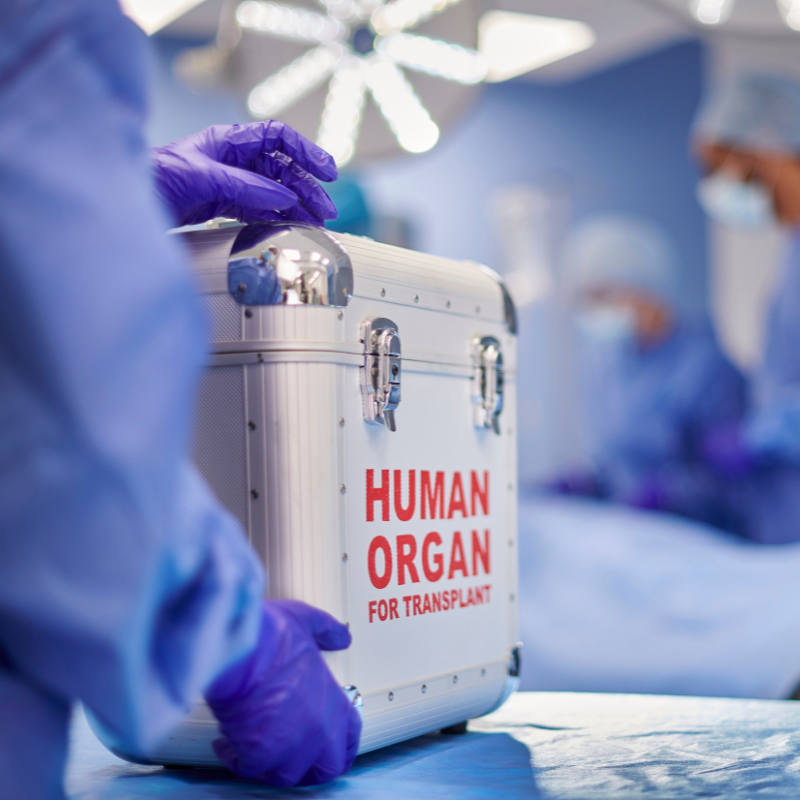What are the symptoms of ADPKD?
Early in the disease, there are generally no symptoms at all. In fact, many people are never diagnosed with PKD because they have few or no symptoms. Often the first sign of PKD is high blood pressure, blood in the urine or a feeling of heaviness or pain in the back or abdomen. Sometimes the first sign may be a urinary tract infection or kidney stones.
High blood pressure (Hypertension)
High blood pressure, or hypertension, affects about 60 to 70 percent of PKD patients and begins early in the course of the disease. Half of PKD patients who have normal kidney function have hypertension. It is more common in men than in women. Twenty to 30 percent of children with PKD also have hypertension. Many times, the increase in blood pressure is the first sign of PKD. Patients with high blood pressure generally have larger cystic kidneys than those with normal blood pressure.
Much has been learned to understand how hypertension occurs. In general, there is either an increase in cardiac output or constriction of the blood vessels. In PKD, enlarging cysts may press on blood vessels in the kidney which increases activity of the renin-angiotensin aldosterone system.
Renin is an enzyme produced in the kidneys. It acts on angiotensinogen, a substance in the blood that forms a hormone called angiotensin. Angiotensin is a powerful constrictor of blood vessels; it also stimulates the production of aldosterone, which causes the body to retain salt and lose potassium.
In ordinary circumstances, the kidneys make renin when blood pressure is low and the kidneys sense they need more blood flow. This is considered a protective mechanism. In PKD, cysts can press on blood vessels in the kidney, resulting in decreased blood flow to some parts of the kidney. Sensors in the nephron react as though the blood pressure in the kidney was low, triggering the secretion of renin, which in turn generates angiotensin, constricting the blood vessels, and causing high blood pressure.
There is a relationship between poor blood pressure control and progressive loss of kidney function in PKD. Even if you do not have hypertension, you should have your own blood pressure cuff to monitor and log your blood pressure regularly. This will give your doctor a better picture of your blood pressure over time.
Hypertension in PKD is often treated by a group of drugs called angiotensin converting enzyme inhibitors (ACE inhibitors) or angiotensin receptor blockers (ARBs). These two classes of drugs are usually the first drugs of choice because of the role of angiotensin in high blood pressure in PKD. In general, both types of drugs are safe and effective, however, in some patients with decreased kidney function, these drugs can make kidney function worse and can raise potassium levels.
Regardless of what kind of blood pressure medication is used, the most important thing is to have your blood pressure at or near the normal range of about 110/70 to 130/80. There are many choices of very good medications to treat high blood pressure so you should work with your doctor to find the right one(s) for you. Remember, a blood pressure medicine only works if you take it, so you need to have a regular, prescribed time to take your medicine every day so you don’t forget.
Although medication is important in treating blood pressure, in some individuals, non-drug methods can also help to lower blood pressure. Living a healthy life-style including weight loss, exercise, and a low-salt diet are all an important part of staying as healthy as possible.

Get the latest information on treating PKD.
Resource Articles
ARPKD, PKD in children
Additional Resources
- Dialysis 101
- Managing nutrition as dietary needs change from pre-dialysis to post transplant
Kidney pain
Abdominal, side (flank) or back pain in patients with PKD can be severe, signaling a sudden problem like bleeding into a cyst, cyst infection or passage of a kidney stone. Intense pain in this setting can also be due to non-kidney related causes such as vertebral disc herniation, ruptured liver cyst, passage of gall stones, or diverticulitis.
Blood in the urine
More than half of patients with PKD will have blood in their urine (hematuria) at some point. The urine may look pink, red or brown. Passing small amounts of red blood cells in the urine that can only be seen under a microscope may also occur. This is called microscopic hematuria.
Hematuria is more common in an individual with large kidneys and high blood pressure. It is thought that the rupture of cysts or of the small blood vessels around cysts is the cause. Other causes could include kidney or bladder infection and kidney stones.
Blood in the urine can last for less than a day or may go on for days. Notify your doctor as soon as possible if you see blood in the urine. Bed rest, increased fluid intake, and acetaminophen (if there is pain) are the usual treatments. Avoid taking non-steroidal anti-inflammatory drugs (NSAIDs) like aspirin or ibuprofen as they may prolong the bleeding and could damage your kidneys. If the blood is going directly into a cyst, you may not have blood in the urine but pain could be severe.
Urinary tract infection
A urinary tract infection, commonly called a UTI, is an infection caused by bacteria in the bladder, kidneys or cysts. Other names used for UTIs are cystitis for bladder infection and pyelonephritis when the infection is in the kidney.
The infection usually starts in the bladder but, if not treated, can progress up the ureters (the tubes from the kidneys to the bladder) and into the kidneys. Although both men and women can have UTIs, they are far more common in women because they have a shorter urethra (the tube that goes from the bladder to the outside).
UTIs are quite common in the general population but may be more frequent in those with PKD. There is an association between frequent UTIs and worsening kidney function. Both males and females with PKD are more likely to have an infection after a Foley catheter is placed in the bladder.
The most common symptom of a UTI, particularly if the infection is in the bladder, is pain or burning with urination and/or an urgent need to urinate even though only a small amount of urine is passed. When the infection is in the kidney or in a cyst, there may be fever, chills, back or flank pain.
You should notify your doctor if any of these symptoms occur so treatment can be started. Usually a urinalysis is done. This includes providing a urine sample to be screened to determine the type of bacteria that is causing the infection so the appropriate antibiotic can be prescribed.
Women who have frequent bladder infections may decrease or eliminate the rate of recurrence by:
- Wiping from front to back after urinating or a bowel movement. This prevents dragging bacteria from the anus and vagina to the urethral opening.
- Avoid taking baths.
- Drinking fluid prior to intercourse and urinating afterward. This can help flush out any bacteria that may have entered the urethra.
- For those who have frequent UTIs, antibiotics may be prescribed on a daily basis to prevent recurring infections.
Kidney stones
Kidney stones occur in about 20 to 30 percent of patients with PKD as compared to one to two percent in the general population. One reason kidney stones are more common may be due to cysts blocking the tubules (filtering part of the kidney), preventing normal drainage. When the urine stays in one area longer than it should, crystals can form and cause kidney stones. Uric acid and calcium oxalate are the two most common types of crystals that lead to stones. Stones may also form in some PKD patients because of a decrease in urine citrate, a substance that prevents formation of kidney stones.
The symptoms of kidney stones include severe pain in the back, side or into the groin. Kidney stones are treated the same way in PKD patients as in non-PKD patients. Smaller stones can be passed with the urine; often there is blood in the urine during the passing process. In the case of bigger stones that cannot be passed, treatment with a machine using ultrasound waves, called a lithotripter, may be required to break the stones into smaller pieces for easier passage. If you have recurring stones, your doctor may order a 24-hour urine collection to analyze the composition of your urine.
Page last reviewed June 2021







